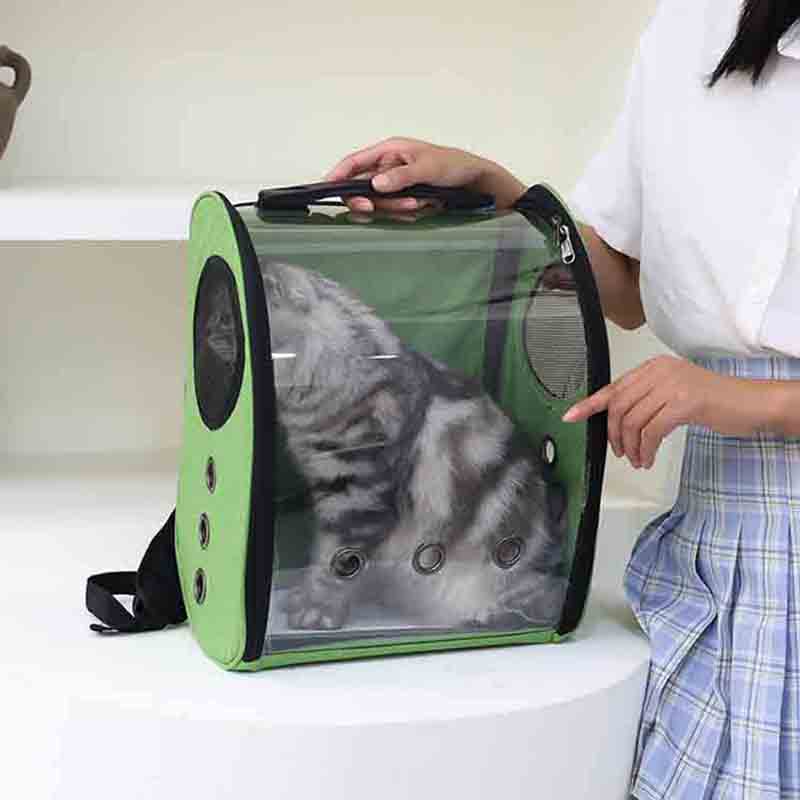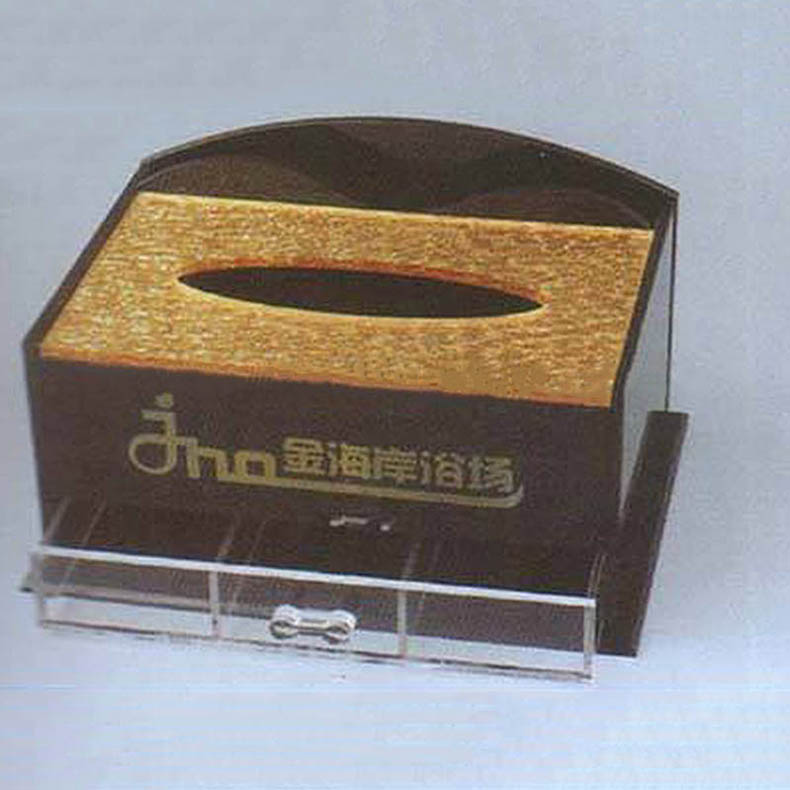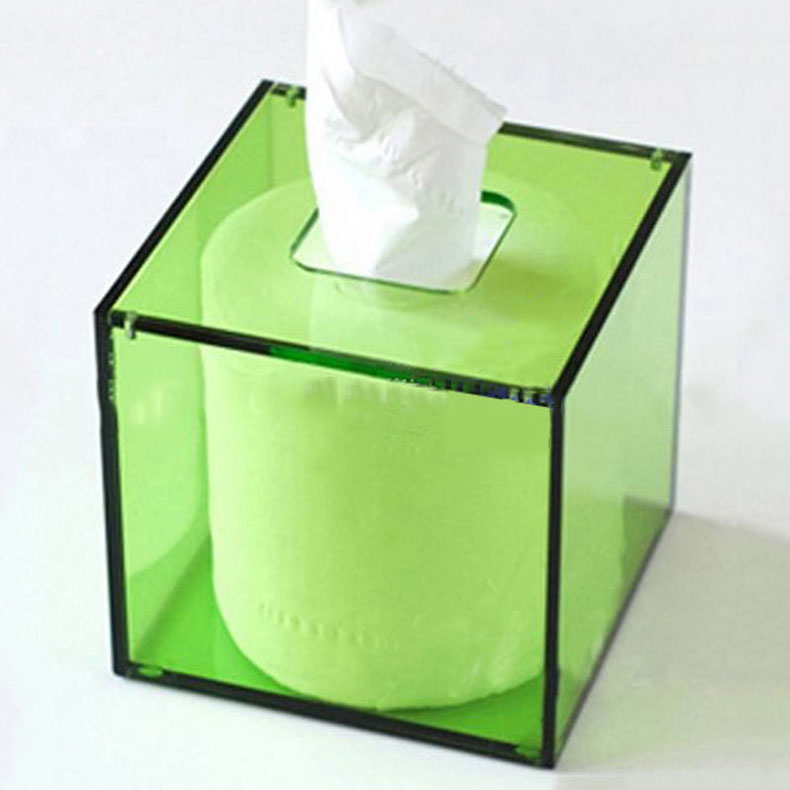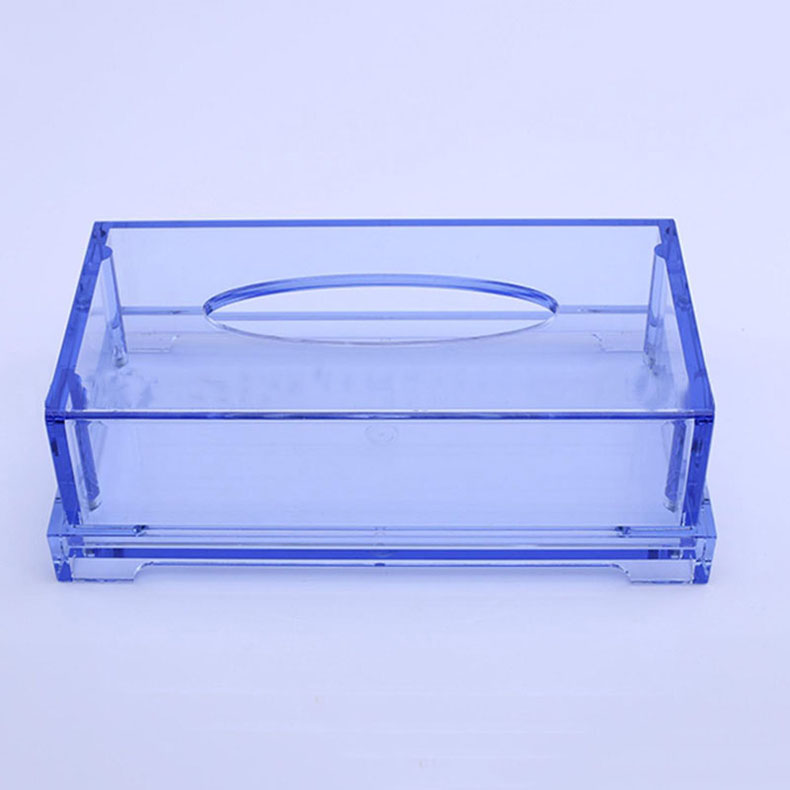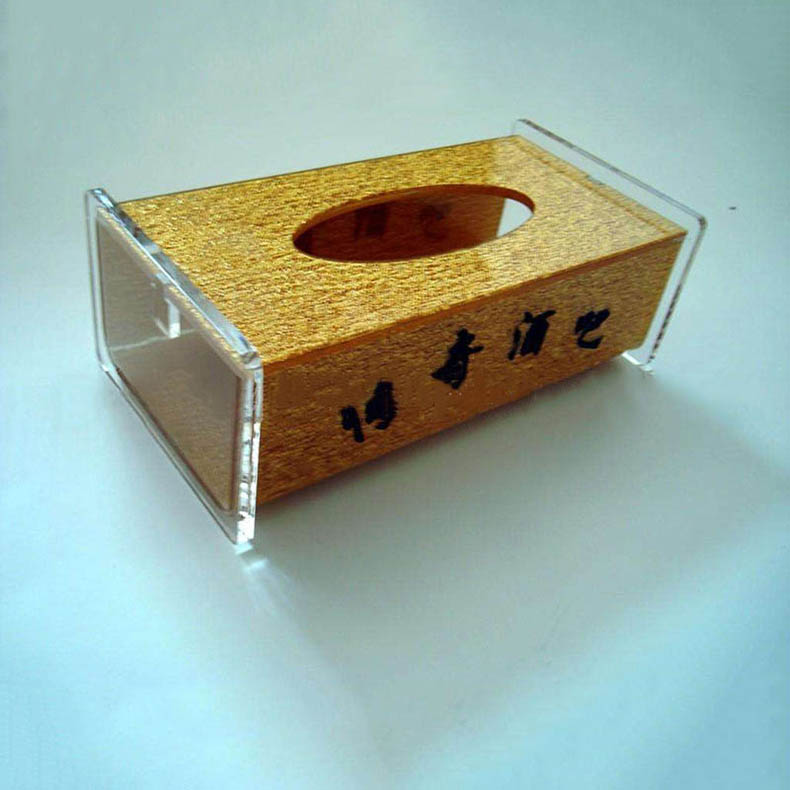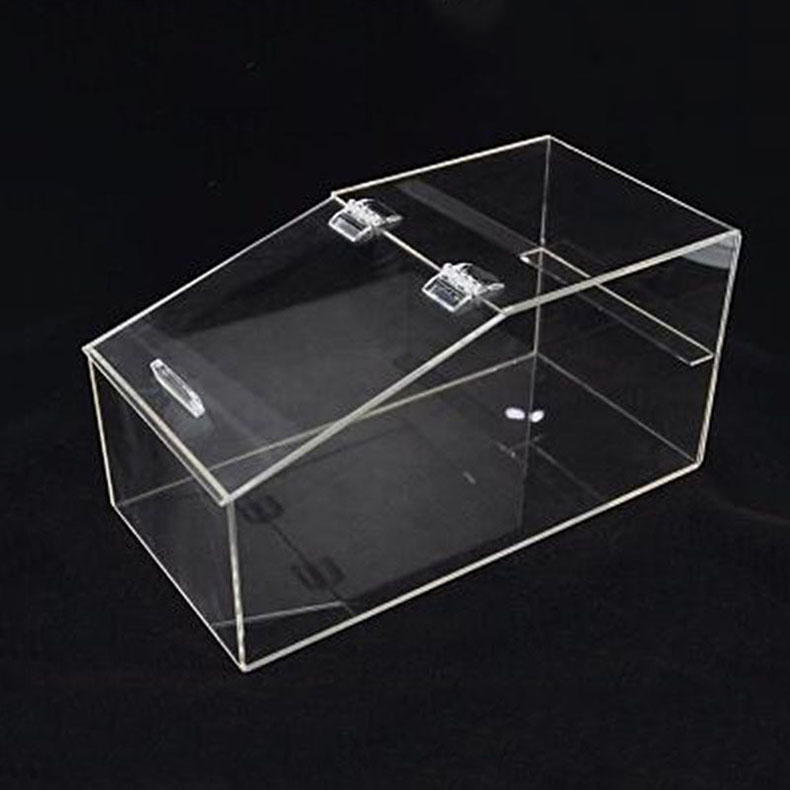What is an Acrylic Sphere?
An acrylic sphere is a spherical object constructed from acrylic, a transparent thermoplastic known for its clarity, strength, and lightweight properties. Acrylic, often marketed under brand names such as Plexiglas, Lucite, and Perspex, has become a popular material in various fields, including art, design, architecture, and manufacturing. The acrylic sphere, with its smooth surface and brilliant optical qualities, serves both functional and aesthetic purposes across a range of applications. This essay delves into the characteristics, manufacturing processes, applications, and advantages of acrylic spheres, highlighting their versatility and significance in contemporary design.
Characteristics of Acrylic Spheres
1. Transparency and Clarity: One of the most notable features of acrylic is its exceptional optical clarity, often compared to that of glass. Acrylic spheres can have a light transmittance of up to 92%, making them ideal for applications where visibility is critical, such as in display cases or lighting fixtures.
2. Lightweight: Acrylic is significantly lighter than glass, making acrylic spheres easier to handle and transport. This lightweight property expands the possibilities for large-scale installations or designs where weight might be a concern.
3. Durability and Impact Resistance: Acrylic is well known for its strength and impact resistance. Unlike glass, which shatters upon impact, acrylic tends to bend and deform without breaking. This makes acrylic spheres not only safer in various settings but also suitable for outdoor use, as they can withstand harsh weather conditions without damage.
4. UV Resistance: Many acrylic products are treated to be UV-resistant, allowing acrylic spheres to retain their color and clarity over time when exposed to sunlight. This durability makes them favored items in outdoor displays and gardens.
5. Versatility in Color and Finish: Acrylic spheres can be produced in a variety of colors and finishes, including frosted, clear, and mirror-like surfaces. This versatility allows designers and artists to choose spheres that fit their vision, enriching the visual impact of their work.
Manufacturing Processes
The production of acrylic spheres involves several steps, ensuring precision and quality in the final product. The most common manufacturing methods include:
1. Casting: This method involves pouring liquid acrylic resin into a spherical mold and allowing it to cure. Casting produces high-quality and typically larger spheres with excellent optical clarity. The downside to casting is the longer processing time and the cost of molds.
2. **Extrusion**: In this process, acrylic polymer is melted and forced through a mold to create sheets or forms, which can subsequently be shaped into spheres. While this method can be more cost-effective for larger quantities, the clarity may not match that achieved through casting.
3. **Blowing**: Acrylic spheres can also be created through a blowing process similar to glass blowing. In this method, a preheated piece of acrylic is inflated into a sphere. This technique allows for unique designs but is less common due to the complexities involved.
4. **Machining**: For smaller, custom pieces, machining methods can be used where solid blocks of acrylic are carefully cut and shaped to form a sphere. This process allows for high precision and the ability to produce intricate designs.
Quality control is essential throughout these processes to ensure that the final product is free from imperfections such as bubbles or distortions.
Applications of Acrylic Spheres
Acrylic spheres find applications in a myriad of fields, showcasing their diverse capabilities:
1. Art and Sculpture: Artists utilize acrylic spheres as integral parts of their works or standalone sculptures. Their clarity and ability to refract and reflect light create dynamic visual effects, enhancing the aesthetic appeal of art installations.
2. Interior Design: In home and office interiors, acrylic spheres are frequently used as decorative elements, centerpieces, or lighting fixtures. They can be illuminated from within, creating captivating visual displays.
3. Aquarium and Garden Design: Acrylic spheres are often used in aquariums as decorative components or in garden landscapes. Their lightweight nature allows for easy placement in various environments, and their resilience makes them suitable for outdoor use.
4. Educational Tools: In educational settings, acrylic spheres can serve as teaching aids in subjects such as physics or biology. They can represent various concepts, from molecular structures to light refraction.
5. Safety and Warning Devices: Due to their visibility and durability, acrylic spheres are occasionally used in safety equipment, such as traffic safety cones or markers.
6. Optical Devices: Given their optical properties, acrylic spheres are also employed in certain optical applications, serving as lenses or diffusers in various equipment.
Advantages of Acrylic Spheres
The popularity of acrylic spheres can be attributed to several key advantages:
1. Cost-Effectiveness: While acrylic spheres may have a higher initial cost compared to some alternatives, their long lifespan and durability can lead to cost savings over time, especially in applications involving outdoor use.
2. Ease of Fabrication: Acrylic can be easily machined, colored, or treated, allowing for customization options that meet specific needs. This ease of fabrication translates to more creative freedom for designers and artists.
3. Sustainability: Acrylic is a recyclable material, which means that products made from acrylic can be repurposed, contributing to a more sustainable approach to design and manufacturing.
4. Safety: The impact-resistant nature of acrylic reduces the risk of injury in environments where fragile materials might pose a threat. The safety aspect of acrylic spheres makes them beneficial in both home settings and public spaces.
Conclusion
Acrylic spheres embody a fusion of beauty and functionality. Their remarkable properties, from optical clarity to lightweight durability, make them suitable for a diverse array of applications, from art and design to educational tools and safety devices. With advancements in manufacturing techniques and a growing emphasis on sustainability, acrylic spheres are likely to continue gaining popularity in various fields. Whether as artistic elements, decorative focal points, or practical tools, acrylic spheres will remain a testament to innovative design and materials in the modern world. Their continued evolution holds great promise for inspiring future creative endeavors and practical solutions.


